Was macht es?
Unsere dermatologisch getestete Mehrzweck-Zitronenbutter wurde entwickelt, um die hartnäckigen Bereiche trockener Haut zu nähren, die Sie scheinbar nicht verschieben können. Diese Feuchtigkeitscreme kombiniert Sheabutter, Mandelöl, Kokosnussöl und Zitronengras für eine ultrahydratisierende Behandlung, wo immer Sie es am meisten brauchen. Für Gesicht, Körper und Hände wird dies Ihr neues Go-to-Wonder-Produkt sein.
Diese Butter ist so praktisch wie vielseitig. Stecken Sie es in Ihre Tasche, um unterwegs Zuhydratisieren, und lassen Sie es auf Ihrem Nachttisch, um Problemzonen vor dem Schlafengehen anzusprechen. Sie werden sofortige Nahrung mit der kleinsten Menge fühlen; ein wenig geht einen langen Weg mit dieser reichen Butter.
Die Bewertungen:
- "Wunderschöne Gesichtscreme … Ein wahrer Genuss für meine Haut!"
- "Erstaunlich für trockene Hautbereiche und beruhigend für juckende Haut."
- "Es hat einen großen Unterschied für meine Hände gemacht."
- "Zieht leicht ein und riecht erstaunlich."
- "Ich benutze das überall, wo es sich trocken fühlt."
Über dieses Produkt:
Die 96% natürliche Formulierung ist vollgepackt mit Mineralien, Antioxidantien und Vitaminen, die zusammenarbeiten, um stumpfe und trockene Haut sofort zu erneuern. Hero Zutaten Sheabutter, Mandelöl und Kokosöl befeuchten, während Zitronengras die Butter mit einem wunderschön natürlichen Duft durchdringt. Voll von pflanzlichen Ölen wie Sanddorn und Traubenkernen hat diese Butter viele Antioxidantien und Fettsäuren für eine gesunde, glückliche Haut. Darüber hinaus zieht es leicht ein und fühlt sich nicht schwer auf Gesicht oder Körper an.
Behandlungsart:
Feuchtigkeitscreme für Gesicht und Körper
Hauptvorteile:
Mandelöl ist vollgepackt mit den Vitaminen A, B, D und E, die Heilung, Schutz und Zellumsatz fördern, während nahrhafte Fettsäuren die Haut erweichen, befeuchten und auffüllen. Vor allem trockene Haut liebt sie wegen ihrer glättenden und weichmachenden Wirkung.₁
Kokosöl wird aus den Früchten des Kokosnussbaums gewonnen und ist voll von Fettsäuren und Proteinen, die die Haut nähren. Es enthält Laurinsäure und kann auch Akne bekämpfen, da die Säure Entzündungen und Bakterien reduziert.₂
Sheabutter ist bekannt für ihre glättende und feuchtigkeitsspendende Wirkung auf trockene Haut. Darüber hinaus kann es die Haut regenerieren und beruhigen, schützt vor äußeren Faktoren wie UV-Strahlen und ist reich an Antioxidantien und hautliebenden Vitaminen A, E und F.
Zitronengras ist der Schlüssel zu unserer Zitronenbutter. Es bietet den charakteristischen frischen, natürlichen Duft, den unsere Kunden kennen und lieben.
Hauttypen:
Diese Butter ist für alle Hauttypen geeignet
Hautprobleme:
Für alle, die einen sofortigen
Schlag der Hydratation benötigen
Wie benutzt
man: Verwenden Sie diese Butter auf allem, von trockenen Ellbogen und Knien bis hin zu Händen und Ihrem Gesicht, nachdem Sie vor dem Schlafengehen gereinigt haben
Unser Engagement:
Dr. Botanicals glaubt an die Kraft veganer und biologischer Heilmittel, um die natürliche Schönheit Ihrer Haut zu verbessern. Unsere Inhaltsstoffe setzen sich für Mutter Natur und nachhaltige Ressourcen ein. Nach der Anwendung unserer Hautpflege hoffen wir, dass Sie es auch tun.

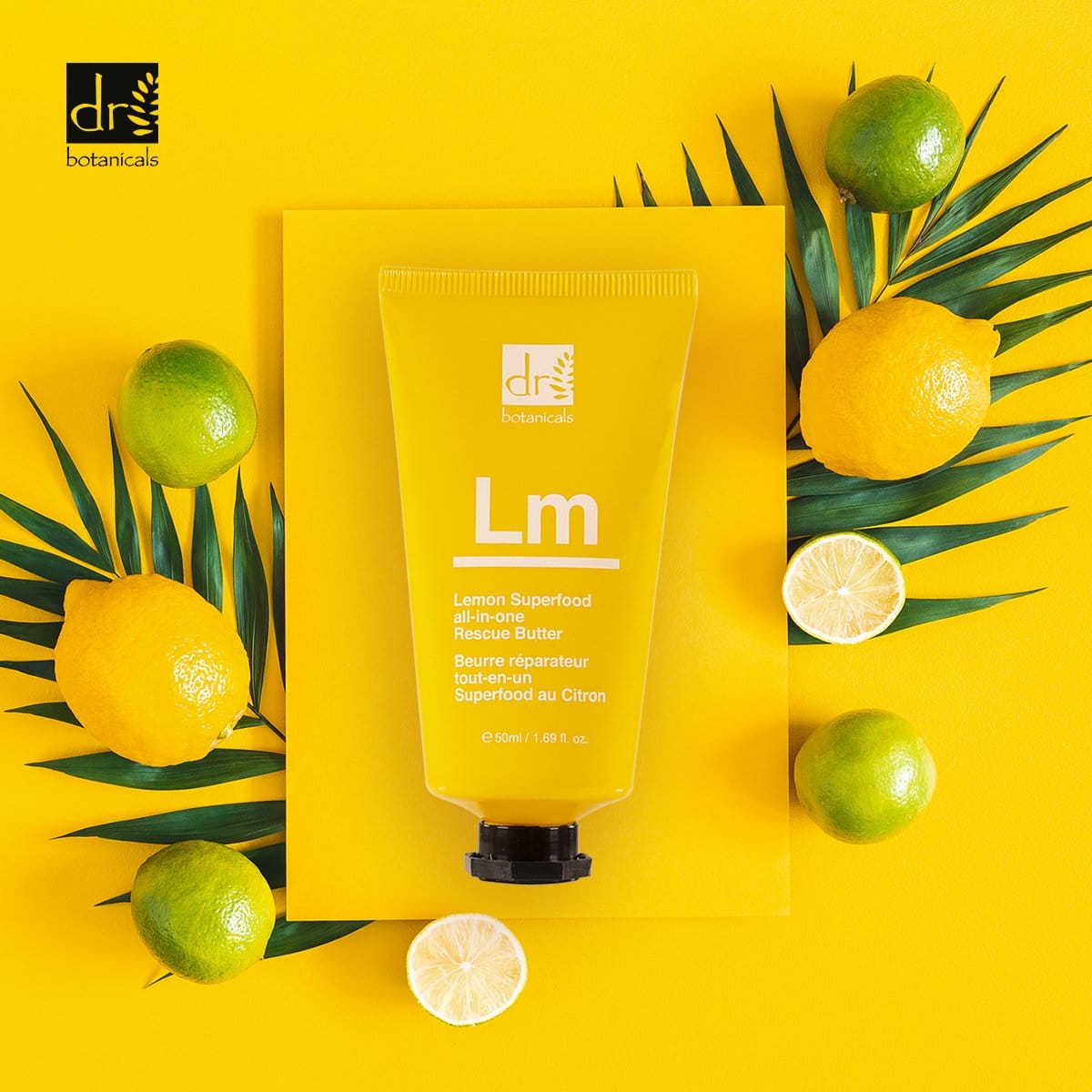

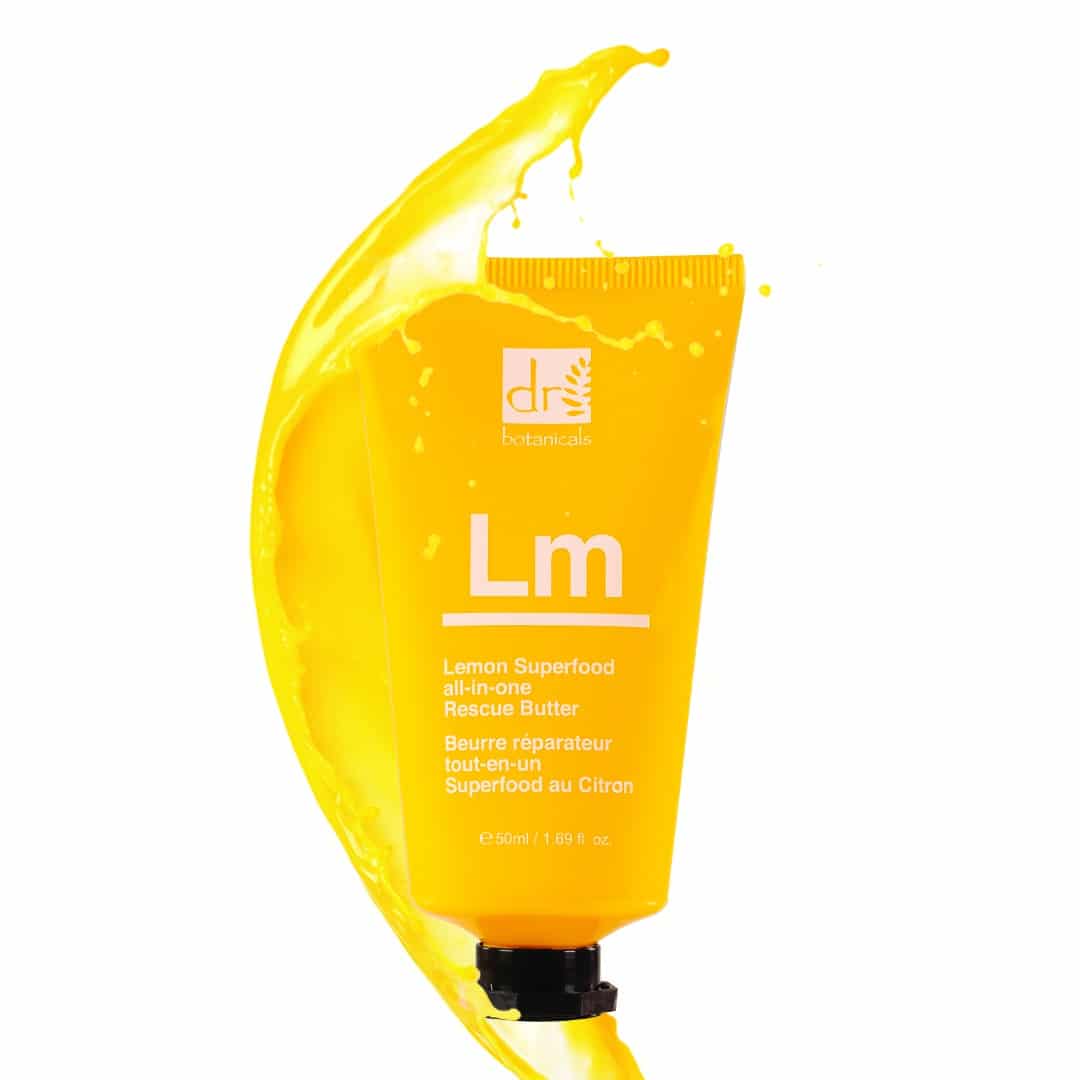

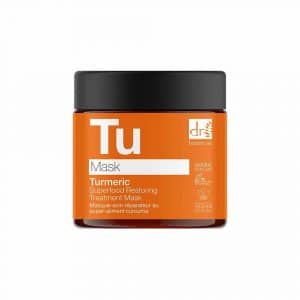
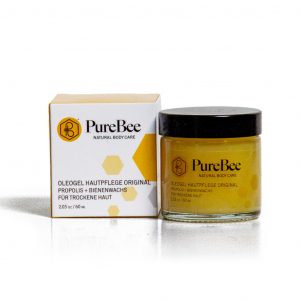


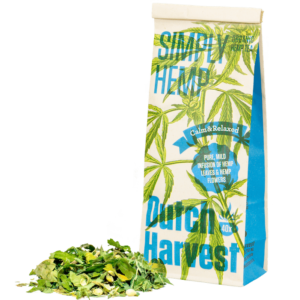
Bewertungen
Es gibt noch keine Bewertungen.